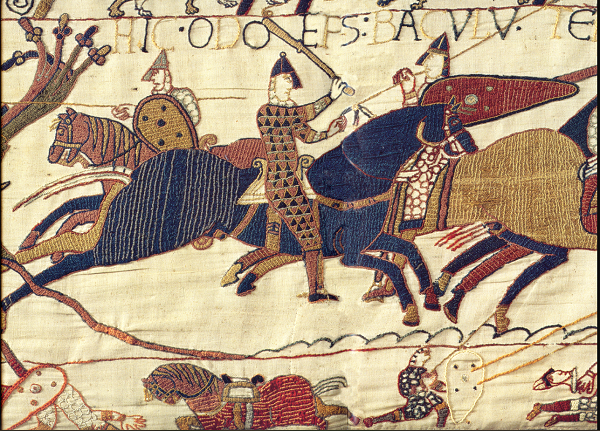Historical Significance
The church of St. Mary's Belchamp Walter is a key source of the heritage of the village and the surrounding area. Historical artifacts found in the present-day church have a varying level of significance. Artifacts that have survived the centuries are worthy of preservation especially if they have been desecrated in the past.
The artifacts include:
- The medieval wall paintings
- The remains of the chantry chapel
- The matrices of the tombs in the Nave asile
- The Raymond Family memorial
- The various original paintings by George Washington Brownlow
- The Norman (or earlier) font
- The remaining Saxon structure of the Chancel
- The Victorian stained glass
- The 15th century tower (not inluding the 18th and 19th century bells and change ringing mechanism)
- The bells and associated mechanics
The Memorial
The memorial in the chancel of St. Mary's Belchamp Walter is an important historical record of the Raymond family from 1611 to 1720. The family are still residents of the nearby Belchamp Hall, rebuilt in 1720, and Charles Raymond is the current patron of the church.
The memorial was commissioned for the third John Raymond sometime before his death in 1720.
It was designed and sculpted by Robert Taylor and it is signed and dated on its base - 1720.
Robert Taylor was a founder member of The Worshipful Company of Masons.
https://www.masonslivery.org/about/
Not a lot is known about Robert Taylor senior as most of the references are to his famous architect son,
another Robert Taylor.
https://en.wikipedia.org/wiki/Robert_Taylor_(architect)
He died in 1742, in 1720 he was master of the London Masons Company.
https://www.westminster-abbey.org/abbey-commemorations/commemorations/sir-robert-taylor
Robert Taylor junior was the predecessor of Sir John Soane and was succeeded by Sir John Soane
as architect and surveyor to the Bank of England.
https://en.wikipedia.org/wiki/John_Soane
Given this heritage it is safe to assume that the sculptor of the memorial was well respected.
The memorial is a physical record of the date of the deaths of the Raymond family over this period and the
dates can be cross-referenced with later works describing the family's history.
The family tree by Alan Freer is an example.
Alan Freer - Descendants of William I
- http://www.william1.co.uk/w150.htm
Alan G Freer - Member of the Society of Genealogists, London.
https://www.genealogy.com/ftm/f/r/e/Alan-G-Freer/index.html
The memorial and the Alan Freer tree are the only place that family names seem to be repeated.
The death of Oliver Raymond MP, in 1697, documents an important event in English Parliamentary history.
Oliver Raymond was an MP for Essex in 1653 and 1656; serving in the
Protectorate Parliaments.
https://www.parliament.uk/ about/living-heritage/evolutionofparliament/ parliamentaryauthority/civilwar/
overview/protectorate-parliaments/
Thomas Wright - History and Topography of the County of Essex, 1821/36
The memorial was created before any official census of the UK and many of the names appearing in the
marble are of those of the 21 children of Oliver and Francis Raymond.
Later family trees from the 19th century and later focus on the primary hereditary figures and not all #
their children. Such later works include:
- The Plantagenet Roll of the Blood Royal - The Marquis of Ruvigny and Raineval aka Melville Henry Massue - 1890's 1900
- Royal Descents and Pedigrees of Founders' Kin - Sir Bernard Burke , LL.D., - 1864
As a remaing artifact from the 18th century that records events for a period of over 100 years it transcends manuscripts produced at later dates. As such it should be preserved.
Google Translate
Revisiting the analysis of the memorial in the preparation of this page I decided to try and use Google Translate to decypher the Latin script.
The text at the bottom of the marble reveals a few more interesting revelations, It seems that John Raymond III was only 31 at his death. 21st February 1720. He was suceeded by his uncle William.
John Raymond II, John Raymond III's father died in 1690 and was the designated heir but predeceased his son, John Raymond III. John Raymond II was designated as heir as his father St. Clere Raymond was disinherited due to his marriage to Anne Warkham.
The fact that William Raymond has his name inscribed on the monument now leads me to think that it was he that commissioned the monument. My original conclusion that it was John III who commissioned the monument but he was too young and probably did not know that he was going to die at 31. His uncle William seeing his nephew die prematurly commissioned the memorial.
